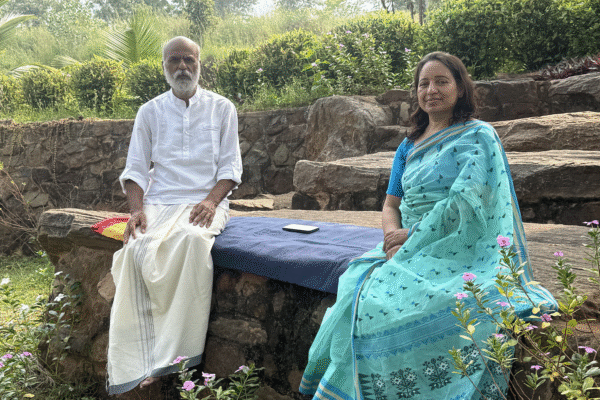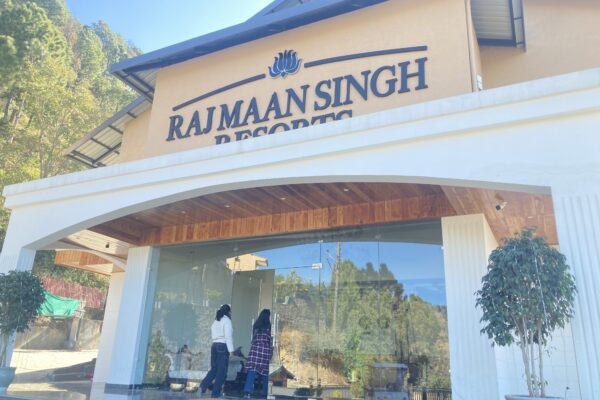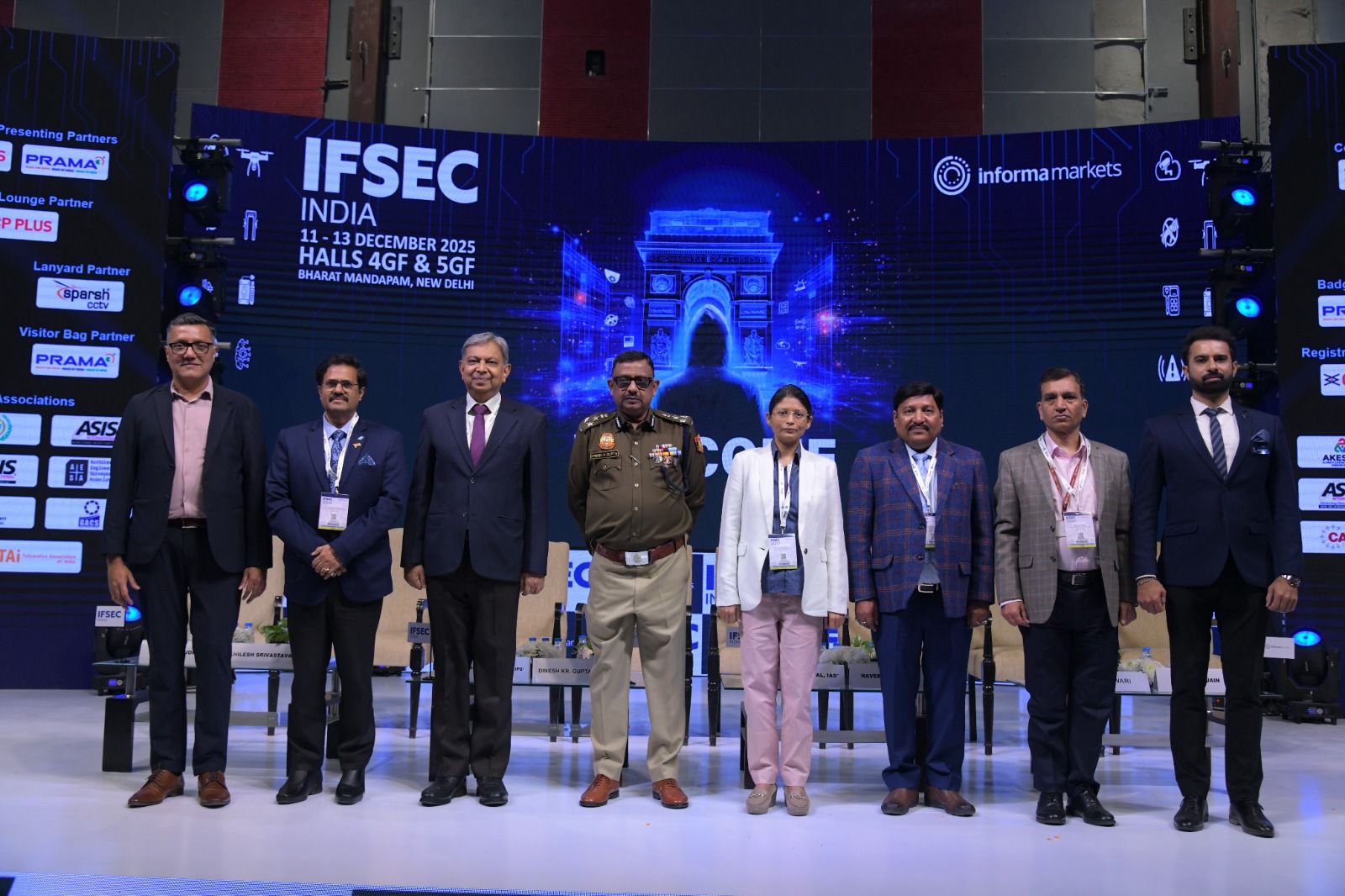

The Faridabad Police Commissioner’s decision to direct the Special Investigation Team (SIT) toward the internal environment of a university has shifted the tone of the investigation. What began as a routine probe into extremist activity has now evolved into a larger institutional audit. The question that now overshadows everything else is simple but unsettling: how did an extremist module grow, breathe, and operate inside an academic campus without anyone noticing?
A Culture of Openness Turned Into a Blind Spot
Universities often pride themselves on being open, democratic spaces where ideas circulate freely. But this very openness seems to have worked against the campus. The SIT believes that the university missed multiple red flags over the years. The campus culture encouraged free movement and unmonitored discussions, creating an atmosphere where ideological grooming could blend easily with everyday student life. Complaints about unusual gatherings or suspicious visitors were brushed aside as harmless student politics. Administrators, perhaps overwhelmed or perhaps unwilling to confront uncomfortable realities, preferred silence over scrutiny. This complacency allowed small behavioural patterns to turn into organised activities.
Another assumption that worked against the institution was the belief that radicalisation happens elsewhere. The idea that extremist networks could quietly build influence inside a mainstream university seemed impossible to many. But this very belief became the blindfold. Investigators now think that the accused used university infrastructure and student identity cards to shield their activities. Hostels became private spaces where meetings and discussions could take place without attracting attention. Encrypted communication through campus WiFi offered yet another layer of anonymity.
Extremism Adapting to White-Collar Spaces
The Faridabad case also reflects a broader shift in extremist networks. Instead of relying solely on uneducated recruits or traditional hotspots, they are now tapping into white-collar environments. Students, researchers, medical interns, and young professionals offer something militants desperately want: credibility. A person working in a university library or a lab does not trigger suspicion. Their movements are rarely questioned. Their digital activity blends into large data streams. And their academic cover gives them time, space, and legitimacy.
This evolving pattern is why the SIT is asking difficult questions. Investigators want to know whether faculty members ignored behavioural changes, whether any student organisations on campus were quietly pushing ideological narratives, and whether the administration overlooked financial or communication patterns that didn’t align with normal academic activity. These questions matter because extremist modules rarely appear suddenly. They grow gradually, using gaps in institutional culture, exploiting the trust of peers, and embedding themselves into familiar routines.
The Commissioner’s directive represents a turning point not only for this case but for university systems across the country. Academic institutions often consider themselves immune to extremist infiltration, believing that education itself acts as a safeguard. The Faridabad probe challenges that assumption directly. It suggests that modern extremist networks do not rely on remote hideouts or secretive cells. They camouflage themselves inside credible spaces — classrooms, hostels, training labs, and even student societies.
What emerges from this investigation is a sobering reminder. A university cannot survive on openness alone. Without parallel systems of vigilance, accountability, and regular review, even the most respected campuses can become vulnerable. The Faridabad case is not just about one institution’s failure. It is a warning to universities everywhere that threats today are subtle. They carry degrees, ID cards, and laptops. And they thrive not in darkness but in the blind spots created by trust.

Prerna Varshney is a journalist and social commentator with over five years of experience in health, gender, and policy reporting. Her work reflects a deep commitment to truth and empathy, simplifying complex issues for everyday readers.









